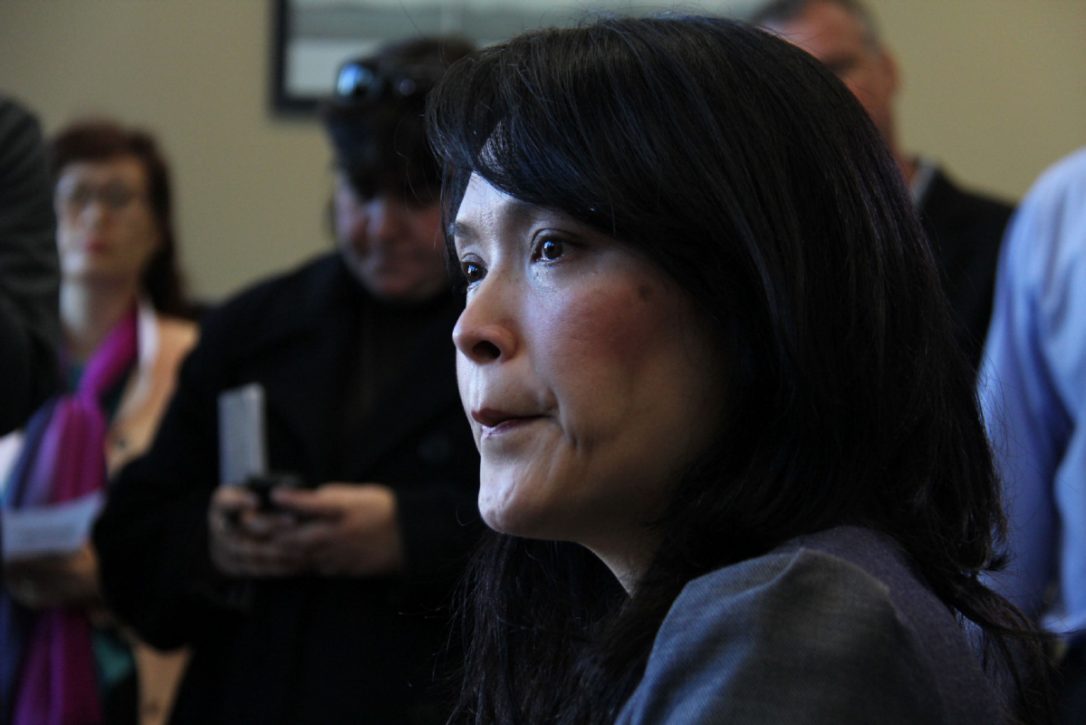
Are Refugees Equal To All Other Immigrants?
A Sri Lankan refugee was granted asylum and became a permanent resident in 2011. He returned to his homeland after the civil war ended. He now may lose his immigrant status because it must be safe enough for him to return home.
When do refugees already granted asylum in Canada cease to require our protection? Can they then be booted out of the country even after they have become permanent residents?
These questions are at the core of a Supreme Court of Canada appeal of legislative changes made by the former Conservative government in 2012 that allow officials to reopen asylum files under what’s known as a “cessation application” and remove those refugees whose circumstances have changed.
Nisreen Ahamed Mohamed Nilam, 36, came to Canada from Sri Lanka for asylum in 2008 and was granted refugee status a year later. He applied and became a permanent resident in January 2011.
The Vancouver cab driver returned to his homeland in 2011 and 2012 — after the civil war between the Sinhalese and Tamils ended in 2009 — with a Sri Lankan passport because he was not a Canadian citizen and that’s the only travel document he could get.
After his last trip, when he returned to Canada on May 1, 2013, a cessation investigation was commenced against him for “re-availing” himself of the country he fled.
The probe is not over and can result in him losing his permanent status in Canada and being removed from the country.
“At the heart of the case is whether refugees who become immigrants should be treated like any other immigrant,” said Nilam’s lawyer, Douglas Cannon, who filed a leave application to the Supreme Court on Monday to consider whether it will review an earlier Federal Court of Appeal ruling in the government’s favour.
“The answer is undoubtedly yes. If Canada wants to protect refugees, it wants to make them feel safe and secure with their status, and they are equal to all other immigrants to this country.”
Although cessation applications within the asylum system aren’t new, they were rare before 2012. Under the new rules, loss of permanent resident status is now automatic when refugees “re-avail” themselves of their country of origin as in the case of Nilam.
The law already had provisions allowing authorities to “vacate” a refugee’s protected status and revoke permanent residency if the person was criminally convicted or found to have lied in their asylum claim.
“Cessation applications continue to be brought against permanent residents who came to Canada as refugees if for whatever reason they travelled back to their country of origin,” said NDP immigration critic Jenny Kwan, who has urged the Liberal government to repeal the cessation provisions.
“Stripping law-abiding former refugees of permanent residence simply because they travelled back to their country of origin is so wrong,”
In Nilam’s case, the then immigration minister Chris Alexander’s cessation allegations were initially dismissed by an Immigration and Refugee Board tribunal in March 2015. The government appealed the tribunal decision to the Federal Court, which sent the case back for a new cessation hearing, which has yet to be scheduled.
In the meantime, while waiting for a new hearing, Nilam met the minimum 1,095 days of physical residence requirement in Canada and applied for his Canadian citizenship in April 2015. Although he passed the citizenship knowledge test, his citizenship application was suspended indefinitely.
Last year, Nilam asked the Federal Court to compel the federal government to resume processing his citizenship application. Not only did Justice James Russell agree, but he also ordered the government to cover the applicant’s legal costs.
However, the decision was reversed by the Federal Court of Appeal at the urging of the government.
Under the law, the appeal court said, the suspension of Nilam’s citizenship application was reasonable as officials were waiting for “the results of any investigation or inquiry for the purpose of ascertaining. . . whether the applicant should be the subject of an admissibility hearing or a removal order.”
The three-judge panel concluded: “The minister does not have a public legal duty to continue processing the respondent’s application notwithstanding that the (refugee tribunal) cessation proceedings have yet to be determined.”
In Nilam’s application to the Supreme Court, Cannon argued cessation should only apply to refugees but not be extended to those who have already been granted asylum and are permanent residents.
How the Supreme Court interprets the law about cessation and clarifies the limit of its application would not only help decide if Nilam’s citizenship application should be resumed, it could guide how immigration officials and the lower courts treat other refugees who return to their homeland at different stages while they seek status in Canada.
Cessation should only apply temporarily while protection is needed, Cannon contended, or until a durable solution to a refugee’s need for protection such as the grant of permanent residency in Canada is secured.
“This is a case about citizenship. The Citizenship Act does not distinguish between types or qualities of permanent residence or how it was acquired,” Cannon wrote in the appeal to the Supreme Court.
“It is the applicant’s behaviour as a permanent resident that qualifies him for Canadian citizenship, not his behaviour, past, present, or future, as a potential former refugee.”
As of August 2016, Cannon said there were 293 citizenship applicants, all refugees-turned-permanent-residents, whose applications are on hold as a result of the issues raised in Nilam’s case.

